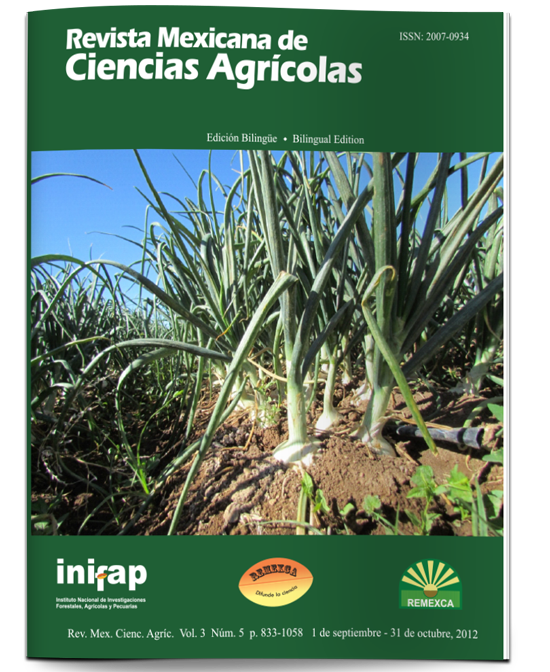Financial evaluation of the Santa Ana Hunting Reserve
DOI:
https://doi.org/10.29312/remexca.v3i5.1411Keywords:
conservation, natural resources, financial feasibilityAbstract
This investigation was focused on the experience of the Santa Ana Hunting Reserve, since it has led its operation to the integral use and conservation of its resources, with a diversification of activities such as sport hunting and breeding and training of hunting dogs. The financial feasibility was analyzed in two parts. For the first one, a 10-year projection was made, contemplating the lease contract that the reserve has, and in the second one, the same projection was made for 20 years, since the construction of the building and the fence are the most important item in this project. Both parts had two scenarios: in the first, we used the investment costs of 2007 and operating costs from 2007 to 2008, and in second place, we looked at it as though investment had begun in 2007. With an updating rate of 12% the indicators obtained (current net value, cost: benefit ratio, benefit: net investment ratio, and internal profitability rate) in both parts, and with both scenarios, showed that the reserve is financially feasible. Another important aspect was determining travel costs, i.e., the total amount of expenses incurred into from the place of residence to the cost of a house. The total for this was MX $ 96 236 pesos for 350 people a year, indicating an indirect revenue that the reserve generates.
Downloads
Downloads
Published
How to Cite
Issue
Section
License
The authors who publish in Revista Mexicana de Ciencias Agrícolas accept the following conditions:
In accordance with copyright laws, Revista Mexicana de Ciencias Agrícolas recognizes and respects the authors’ moral right and ownership of property rights which will be transferred to the journal for dissemination in open access. Invariably, all the authors have to sign a letter of transfer of property rights and of originality of the article to Instituto Nacional de Investigaciones Forestales, Agrícolas y Pecuarias (INIFAP) [National Institute of Forestry, Agricultural and Livestock Research]. The author(s) must pay a fee for the reception of articles before proceeding to editorial review.
All the texts published by Revista Mexicana de Ciencias Agrícolas —with no exception— are distributed under a Creative Commons License Attribution-NonCommercial 4.0 International (CC BY-NC 4.0), which allows third parties to use the publication as long as the work’s authorship and its first publication in this journal are mentioned.
The author(s) can enter into independent and additional contractual agreements for the nonexclusive distribution of the version of the article published in Revista Mexicana de Ciencias Agrícolas (for example include it into an institutional repository or publish it in a book) as long as it is clearly and explicitly indicated that the work was published for the first time in Revista Mexicana de Ciencias Agrícolas.
For all the above, the authors shall send the Letter-transfer of Property Rights for the first publication duly filled in and signed by the author(s). This form must be sent as a PDF file to: revista_atm@yahoo.com.mx; cienciasagricola@inifap.gob.mx; remexca2017@gmail.
This work is licensed under a Creative Commons Attribution-Noncommercial 4.0 International license.



